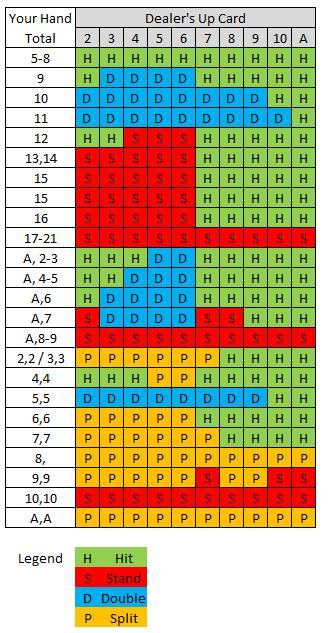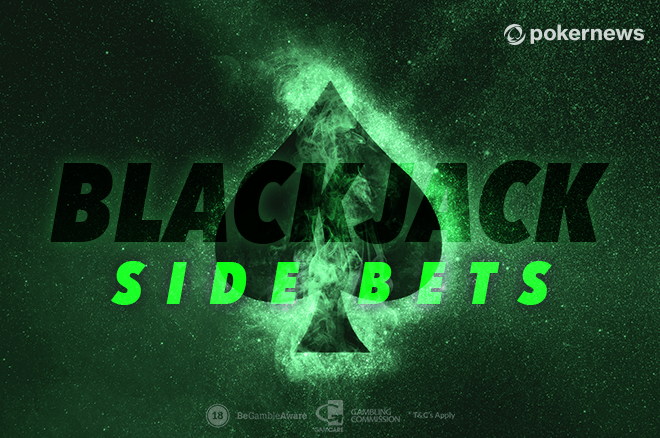Blackjack Match Dealer Odds
Odds are everywhere you look. Seriously. Odds are in a casino, your workplace, your day-to-day live and habits, your marriage and where in the world you live.
Blackjack Match The Dealer Odds
Don’t believe me? Take a look for yourself:

- Odds of having twins (21st century) – 3 in 100 or 3%
- Odds of getting a divorce – 40 to 50%
- Odds of being stuck by lightning – 1 in 5,000 or 1 in 700,000 in any given year
- Odds of being audited by the IRS – .4% if you make less than $200,000 / year
- Odds of being dealt a blackjack – About 4.83%
The table on the left depicts how likely it is that dealer will go bust with certain up cards and what the player odds are in this very situation. For example, the highest player odds are when the dealer shows a 6, as he is most likely to go bust with this hand. The lowest player odds are when the dealer's up card is a 10 or an Ace. Match the Dealer Blackjack. Match the Dealer Blackjack is an exciting variant of the Las Vegas classic where Match the Dealer side bet takes the center stage. The idea is pretty simple, if one or two of your initial cards match dealer’s up card – you win. To be honest, Match the Dealer is not as popular as some other side bets. Nonot under any circumstances. There have been a number of mathematical studies of this and the final result comes in at around 5.7% to 5.9% HA, depending upon. Blackjack pays 3:2. Resplitting aces allowed. Dealer stands on a 17. Early/late surrender. Low deck penetration (for card counters). Insurance (for card counters). Favourable Blackjack Rule Variations for the Casino. Double down on 10 and 11 only. Dealer hits a soft 17. The more decks the better. Blackjack pays 6:5. Match the Dealer is one of the original blackjack side bets to hit the market, and it’s withstood the test of time for several reasons. By offering a fairly generous win rate of 15 percent, and a snug average house edge rate of 3.87 percent, Match the Dealer doesn’t go out of its way to punish players.

Odds are just the likelihood that something will happen. As a blackjack player you deal with this all the time.
Lets look at a couple real examples to show you what I mean.
Here are the odds of you busting your hand, depending on what you were dealt:
- 21 – 100%
- 20 – 92%
- 19 – 85%
- 18 – 77%
- 17 – 69%
- 16 – 62%
- 15 – 58%
- 14 – 56%
- 13 – 39%
- 12 – 31%
- <11 – 0%
Odds of Being Dealt Specific Hands
Here are the probabilities for being dealt a specific hand:
- Blackjack – 4.8%
- Standing Hand (17-20) – 30%
- Decision Hand – (1-16) – 38.7%
- No Bust – 26.5%
Here are the odds for the final hands that the dealer will make:
- Natural 21 – 4.82%
- 21 (3+ cards) – 7.36%
- 20 – 17.58%
- 19 – 13.48%
- 18 – 13.81%
- 17 – 14.58%
- 16 – 28.36%
Dealer vs. Player Odds
Blackjack Match The Dealer Odds
Finally, here are the odds of the dealer busting based on their up card:
- 2 – 35.30%
- 3 – 37.56%
- 4 – 40.28%
- 5 – 42.89%
- 6 – 42.08%
- 7 – 25.99%
- 8 – 23.86%
- 9 – 23.34%
- J,Q,K – 21.43%
- A – 11.65%
Of these examples, this is the most useful. Notice what hands the dealer is most likely to bust with. The dealer will most often bust with 4, 5 or 6, followed by 2 and 3.
The odds above are static. There’s nothing you can do to change them. However, you can find ways to improve your odds so that you lose fewer hands and less money. And the less money you lose, the more you can keep to play more blackjack.
Here’s what you can do to improve your odds in blackjack:
- Use basic blackjack strategy. Without basic strategy you’re playing at an 8% disadvantage. With strategy, however, the odds increase significantly. You’ll be playing at only .5 to 1.5% disadvantage.
- Find the best games. The rules make all the difference. For example, if you play a 6:5 blackjack game you’re adding a 1.39% disadvantage. If the dealer hits soft 17 that’s another .18%. However, it’s possible to find games where the player is paid 3:2 for blackjacks and the dealer stands on soft 17. So find those games. Also be careful about which blackjack variation you play. The best games to play are blackjack, Spanish 21, Vegas Strip BJ and Blackjack Switch.
- Avoid side bets. Side bets look exciting, because for a nominal amount you could possibly win a huge jackpot — worth hundreds or even thousands of dollars. The problem is that the odds against winning can be anywhere from 2-40%.
- Avoid wives tales. There are a lot of bad strategies like never busting (never hit a 12+), mimicking the dealer and assume that the dealer has a 10 in the whole (with ace up). The problem with using any of these strategies is that they increase the house edge from 3 to 10 percent.
You can do other things, too, like count cards or read books (usually a mix of basic strategy, card counting and general how-to’s for casino blackjack). However, you’ll improve your odds at winning at blackjack just by following my suggestions above.
Understanding the Long Run – Sample Size and Variance

I wanted to finish up this article with a brief explanation of odds, and how they work over the long run. You see, I think a lot of people will see the numbers above and get confused when they don’t match their own stats. In other words, someone might go to the casino play 500 hands of blackjack, and wonder why they didn’t get 24 natural blackjacks, or the other way around, why they got 42.
The thing is, odds and statistics are all about the long run. Long run usually meaning sample size, or the total number of hands (or games) played.
What that means is that over a significant sample size, hundreds of thousands or even millions of hands, the number of times you’ll receive a blackjack is about 4.82%. The more hands you play the truer this will become.
Blackjack Match The Dealer Side Bet Odds
The reason why odds don’t match up in smaller sessions, say over 500 hands, is because of variance. There’s a technical term and definition for variance, but I’ll just give you my version; variance is the ups and downs you experience on your way to the long term (expected) results.
Mike Caro, a poker player and author, puts it this way:
A measure of the spread of statistical distribution about its mean or centre.
That means in a short time frame, it’s possible to experience more drastic odds. You might win or lose more than you’re supposed to. It also explains why people can go into a casino, not use basic strategy and win 3x as much as what they walked in with. The cards ran in their favor — they experienced a positive streak of variance.
So that’s the gist of it. So the next time you walk into the casino and have a wild swing one way or another, you know that that’s not normal, and that in the long run you’ll be closer to break-even so long as you stick to basic strategy — the plan with the best odds.